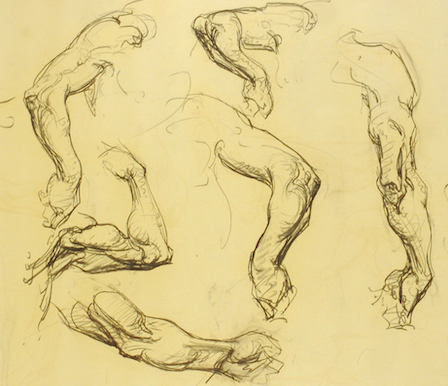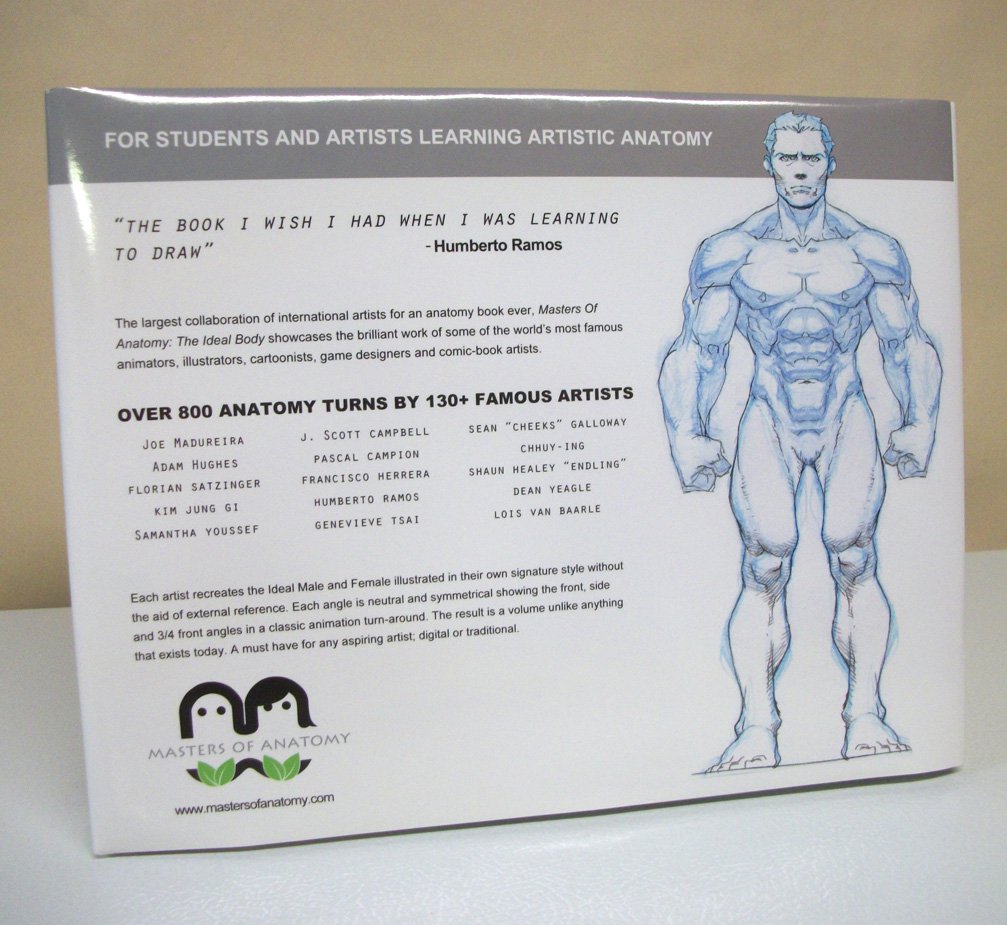
You can read about a particular case when you encounter one during your practice But for building up core concepts, you SHOULD stick to physical books! Take notes

Keep reference books handy on your iPad and Kindles, especially the normal radiological anatomy books, while you are reporting. You can also share a few reference books among your colleagues if that is an option. A good alternative is to rent books from Amazon (may not be available in all countries), your local library or your radiology department library. I know that this may be difficult for everyone, considering that radiology books aren’t cheap. My experience is that you would retain a lot more once you read ACTUAL books. Read physical booksĪnother trend that I have observed in residents is reading e-books on iPads and tablets. These are definitely great resources and you should use them, but once you have got your basics clear by reading books. Because there are so many resources on the internet, you will end up collecting them / browsing through them without reading them. But trust me as a first-year resident you SHOULD start off by reading standard textbooks.

There are lots of resources available on the internet, including articles, case collections, and e-books. Take notes! Start with standard textbooks Here are some tips regarding radiology books and resources: Tips for Radiology Residents Given the shortage of time, a radiology resident needs to carefully choose what books he should read.

Radiology is a vast subject and there are tons of books available.


 0 kommentar(er)
0 kommentar(er)
